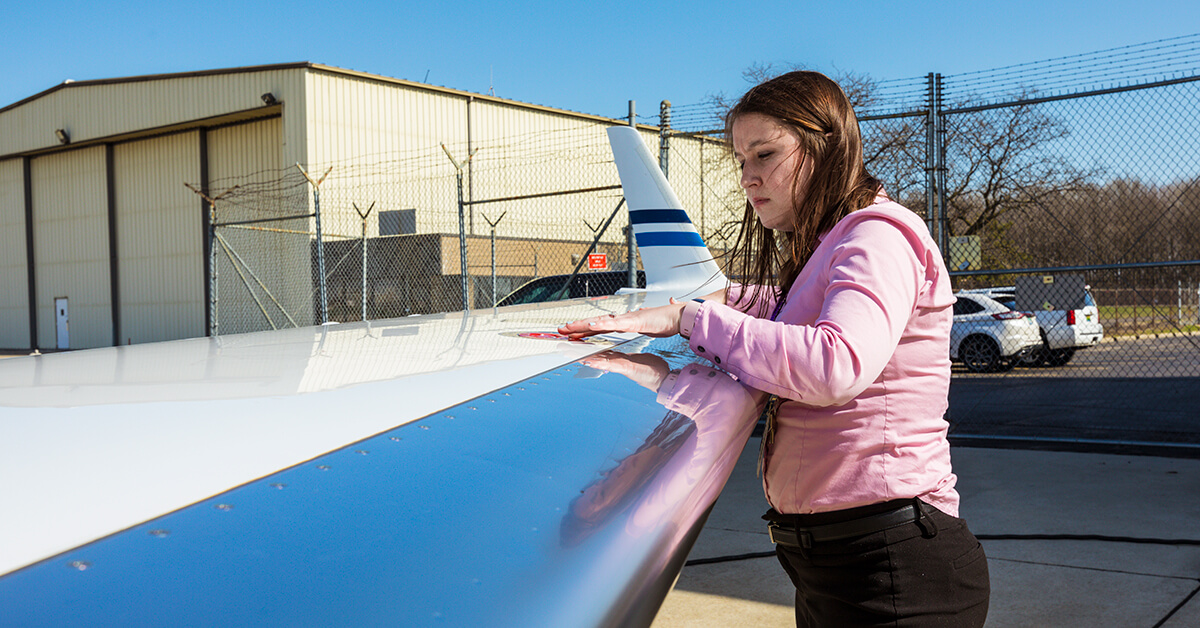
April 29, 2024
The FAA’s new rule expanding safety management systems (SMS) to Part 135 on-demand operators, certain Part 21 certificate holders and 91.147 air tour operations meets most of the criteria advocated by NBAA and other industry stakeholders, but work remains to be done to ensure the rule’s smooth implementation for all operational types, concluded an expert panel on the latest NBAA News Hour webinar.
The 160-page final rule, which was published April 26, and takes effect May 26, means almost 1,850 Part 135 operators and more than 700 air-tour providers will be covered by the FAA’s existing Federal Aviation Regulations Part 5 SMS requirements that currently apply to Part 121 operators, albeit with adaptations to accommodate the realities of smaller and single pilot operations.
“This [rule] is the result of a lot of work over many, many years and we’re now at a stage where we have an opportunity to really dive into SMS as a formal component of what Part 135 on-demand operations and air tours have in terms of a baseline requirement,” said Doug Carr, NBAA senior vice president, safety, security, sustainability and international affairs. “SMS isn’t the bear to be afraid of. In fact, in many cases, it can be a simple tool that will help your organization understand where risks exist and then ways to potentially mitigate that risk.”
The coming weeks will shed more light on the full intent of the FAA’s final rule, and NBAA is already working on necessary clarifications – especially around single-owner and single-pilot operations. However, the FAA has written a thoughtful rule that will ultimately make business aviation safer, said Ben van Niekerk, standards captain at Part 135 operator Grandview Aviation and CEO of Total Quality and Safety Management Solutions.
“For me, a mature, well integrated SMS makes a huge difference. This brings a very welcomed legal frameworks that improves outcomes and makes us stronger and safer,” said van Niekerk. “I really encourage operators to [adopt] Part 5 – it’s a proactive tool, it boosts morale and it’s a really effective management tool. Read Part 5 and make it yours.”
During the webinar, the panelists discussed how and why the FAA drafted its rule, how the business aviation community worked diligently to shape the new Part 5 language, how Part 5 will impact operators with multiple certificates and how this sets the stage for further implementation across the entire business aviation industry, albeit far into the future.
The webinar also gave some real-world advice to those now covered by the Part 5 SMS rule, with detailed explanations of how to file a declaration on compliance statement with the FAA within the specified timeframe.
Operators need to act now, said Amanda Ferraro, CAM, CEO of Aviation Safety Solutions, a consultancy that has worked with airlines and business aviation operators to build SMSs and comply with Part 5 requirements. “The timelines are tight, and I would encourage our industry to start implementing now.
“This is not a case of filling out the declaration of compliance statement and then putting your processes into place,” she said. “That declaration of compliance statement is you certifying that you are in compliance with Part 5, so very tight timelines here for many operators.”
For operators that already have an SMS, that process may only require the adaptation of FAA language from the final rule, added Gil Lopez, CAM, director of dispatch, safety and security at Part 135 operator Four Corners Aviation.
However, he warned that for those just starting to consider compliance, there is no ready-made solution. “If you don’t have an SMS, there is no out-of-the-box solution. You will need to be involved, so get educated. Knowing what needs to be done is a powerful tool, it helps you become more comfortable with the idea of the process and will make the implementation part a lot easier,” he explained.
“We have seen that SMS is really doable. It’s good for safety, it’s good for your business and certainly good for your people, but it’s critical to make it your own.”
Mark Larsen CAM, NBAA director, safety and flight operations
The panel provided a great first step in understanding the complexities of this Part 5 expansion, noted Mark Larsen, CAM, NBAA director, safety and flight operations and the webinar’s co-moderator alongside Carr.
“We have seen that SMS is really doable. It’s good for safety, it’s good for your business and certainly good for your people, but it’s critical to make it your own,” he said. “Thankfully, there are resources available. And stayed tuned, as NBAA and other organizations will certainly have additional resources for the community. This is a journey that we are all in together to improve safety for all business aviation.”


 International Business Aviation Council Ltd.
International Business Aviation Council Ltd.